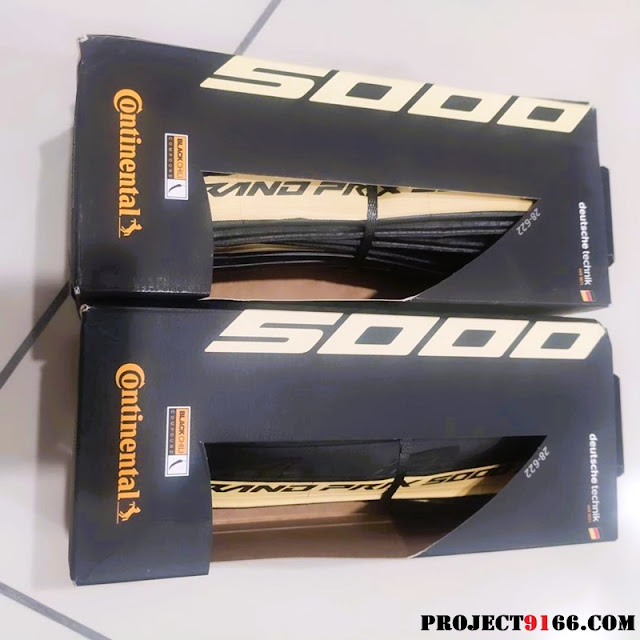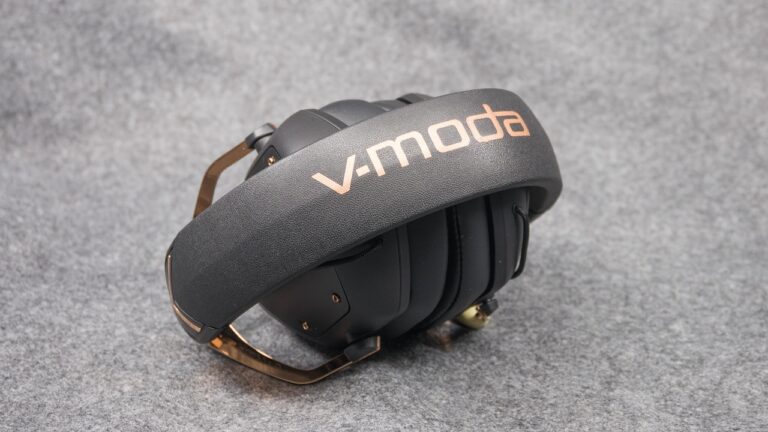
As a cycling enthusiast, I’m always on the lookout for upgrades that enhance performance, weight savings, and ride quality. My latest upgrade involved swapping out my Continental Sport Ultra 3 tires for the Continental GP5000, both in 700x28c size. The goal? To see if this change made a noticeable difference in terms of weight and performance.
Why the Upgrade?
The Continental Sport Ultra 3 has been a solid tire choice, offering good durability and decent grip for general road cycling. However, I wanted something lighter and more performance-oriented, which led me to the highly regarded GP5000. Since it is known for its low rolling resistance, improved puncture protection, and lightweight build, the GP5000 has been a favorite among many riders.
Key Differences
| Feature | Continental Sport Ultra 3 | Continental GP5000 |
|---|---|---|
| Price (RM) | RM90 | RM250 |
| Weight (per tire) | 290g ± | 260g ± |
| Rolling Resistance | Moderate | Lower, faster ride |
| Puncture Protection | Decent | Better with Vectran Breaker |
| Ride Comfort | Firm | Smoother with Active Comfort Tech |
Initial Impressions of Continental GP5000
After installing the GP5000, the first thing I noticed was the weight difference. Although I still need to confirm the exact numbers with my scale, the GP5000 felt noticeably lighter when handling the bike.
On the road, the rolling resistance felt lower, making acceleration and maintaining speed easier. The grip, especially on corners, was confidence-inspiring, and the ride felt smoother compared to the Sport Ultra 3. These differences might seem subtle at first, but over long rides, they can make a significant impact.
Is It Worth the Upgrade to Continental GP5000?
If you’re looking for a tire that offers better speed, improved comfort, and reduced weight, the GP5000 is definitely a worthy upgrade. While the Sport Ultra 3 is a solid option for budget-conscious riders, the GP5000 delivers a more refined experience for those who prioritize performance.
Where to Buy
For those ready to upgrade, you can find the Continental GP5000 on:
- AliExpress
- Shopee
- Lazada
.JPG)



